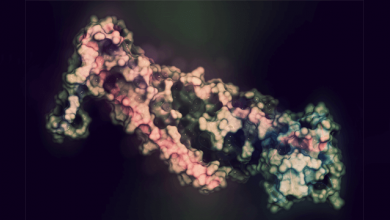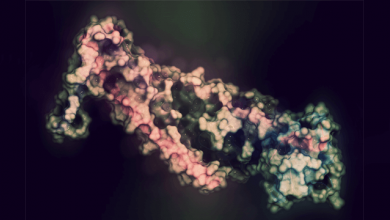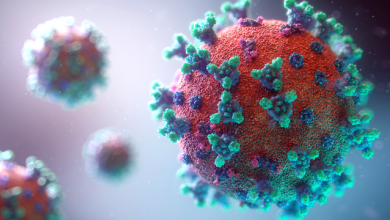Search results
Author(s):
Andrea Barison
,
Luigi Emilio Pastormerlo
,
Alberto Giannoni
Added:
3 years ago
Among the various cardiovascular diseases, non-ischaemic dilated cardiomyopathy (DCM) represents a major cause of morbidity and mortality.1 DCM is characterised by the presence of left ventricular dilatation and systolic dysfunction in the absence of coronary artery disease or abnormal loading conditions (hypertension, valvular disease).2 It originates from several aetiologies and includes…
View more
Author(s):
Roland Klingenberg
,
Christian M Matter
,
Christophe Wyss
,
et al
Added:
3 years ago
Abstract
The introduction of novel high-sensitivity cardiac troponin (hs-cTn) assays has made it possible to measure cardiac troponin levels that are up to 10-fold lower than those detectable by conventional cardiac troponin (cTn) assays. With such novel assays, an elevated risk of major adverse cardiovascular events was noted across the continuum of cTn levels, with an incremental risk of…
View more
Author(s):
Debasish Banerjee
,
Charlotte Perrett
,
Anita Banerjee
Added:
3 years ago
The development of increasingly sensitive and specific serum cardiac biomarkers has led a revolution in the diagnosis and management of acute coronary syndrome (ACS). However, although the troponins now in use are considered highly sensitive cardiac biomarkers in the general population, the interpretation of troponins in patients with acute kidney injury (AKI), chronic kidney disease (CKD) and…
View more
Author(s):
WY Wandy Chan
,
Richard W Troughton
Added:
3 years ago
Acute coronary syndromes (ACS) and acute pulmonary embolism (APE) are leading causes of hospital admission and mortality. Accurate risk stratification is important for both conditions to guide management and the use of therapies that lead to improved outcomes.
Acute Coronary Syndromes
Despite a steady decline in developed countries, ischaemic heart disease is still the leading cause of death…
View more
Author(s):
Christopher R deFilippi
,
G Michael Felker
Added:
3 years ago
Biomarkers have become central to the management of cardiovascular disease, and their potential clinical applications continue to grow. This article reviews galectin-3 (Gal-3), a novel biomarker of fibrosis and remodeling, and its clinical application in heart failure (HF).
Case Studies
Case Study One
A 63-year-old African-American female presents to the emergency department with acute dyspnea…
View more
Author(s):
Miriam Reiter
,
Tobias Reichlin
,
Raphael Twerenbold
,
et al
Added:
3 years ago
Acute myocardial infarction (AMI) is a major cause of morbidity and mortality worldwide. Accordingly, prompt identification of patients with AMI is critical, as established therapies exist that are of proven benefit.1,2 More than 15 million patients per year present to emergency departments with symptoms compatible with acute myocardial ischaemia in the US and Europe; only 20–30%, however, are…
View more
Current Recommendations for Interpretation of the Highly Sensitive Troponin T Assay for Diagnostic,…
Author(s):
Evangelos Giannitsis
,
Hugo A Katus
Added:
3 years ago
Article
Author(s):
Rocco Antonio Montone
,
Giulia Iannaccone
,
Maria Chiara Meucci
,
et al
Added:
3 years ago
In December 2019, several cases of interstitial pneumonia of unknown origin were detected in Wuhan, China, and on 9 January 2020, severe acute respiratory syndrome coronavirus 2 (SARS-CoV-2) was identified as the causative agent of coronavirus disease 2019 (COVID-19). Within a few weeks, the contagion spread through China and South Korea, and the outbreak rapidly extended worldwide due to…
View more
Cardiac Amyloid – An Update
Author(s):
Jason N Dungu
Added:
3 years ago
Article
Author(s):
Andrew K Roy
,
John Keaney
,
Niall G Mahon
,
et al
Added:
3 years ago
The coexistence of heart and kidney disease represents an evolving epidemic in an ageing population, with chronic kidney disease (CKD) incidence rates increasing annually.1 The effect of dysfunction of one kidney mediates profound effects on the other, recently described and defined as five distinctive cardiorenal subtypes by the Acute Dialysis Quality Initiative consensus group.2 Much work has…
View more












